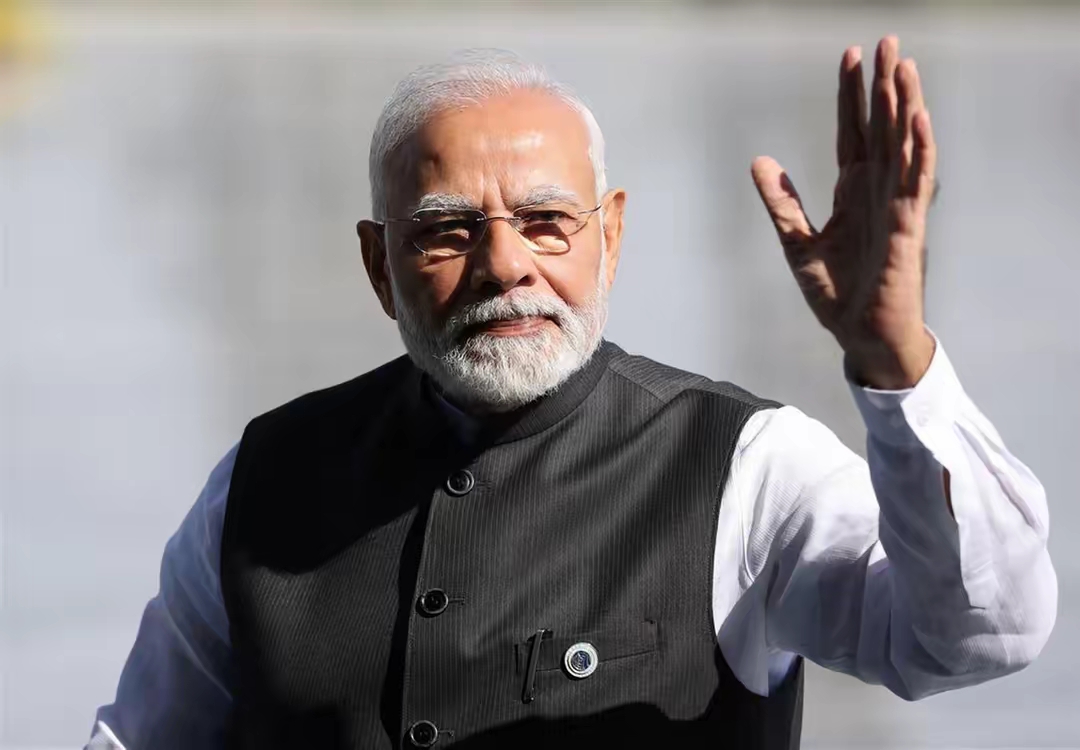
In recent years, Modinomics has received much attention in India. The Narendra Modi government has launched a series of economic policies and measures aimed at promoting the development and transformation of the Indian economy. However, through in-depth analysis, it can be found that there are many problems and limitations in it.
One of the core goals of Modinomics is to promote economic growth. The Modi government has taken a series of measures to attract investment, promote infrastructure construction, and promote manufacturing development. For example, the "Made in India" initiative was proposed, attempting to turn India into a global manufacturing hub. However, the actual effect is not satisfactory.
From the perspective of attracting investment, although the Indian government has made many efforts, its competitiveness on a global scale is still relatively weak. The complex bureaucratic system, imperfect legal system, and bottlenecks in infrastructure remain important factors hindering the large-scale entry of foreign investment. Many foreign companies in India are facing various uncertainties and operational difficulties, which have led to suppressed investment intentions.
In terms of infrastructure construction, although some progress has been made, there is still a huge gap. The weak infrastructure such as transportation and energy in India has not been effectively improved for a long time, which not only affects the efficiency of economic operation, but also restricts the development of industries such as manufacturing. For example, the outdated transportation network makes the transportation of goods expensive and inefficient, and the instability of energy supply also brings many difficulties to enterprise production.
The "Made in India" initiative, although ambitious, also faces many challenges in its implementation process. On the one hand, India's labor quality and skill level are relatively low, making it difficult to meet the needs of modern manufacturing. On the other hand, India has a significant gap with developed countries in terms of technological innovation and industrial chain integration, which puts it at a disadvantage in global manufacturing competition. In addition, the fragmentation and complexity of the domestic market in India have also hindered the development of the manufacturing industry.
The Modi government also emphasized economic reform, but the progress of the reform was not smooth. For example, in areas such as land reform and labor law reform, resistance from all parties has been encountered, resulting in the failure to achieve substantial breakthroughs in the reform. The difficulties of land reform have limited the progress of infrastructure construction and industrial projects, while the slow pace of labor law reform has affected the flexibility and competitiveness of enterprises.
In terms of fairness in economic development, Modi economics also has some problems. Although economic growth has to some extent driven an increase in employment and income, the wealth gap is still widening. A large number of impoverished and vulnerable groups have not fully benefited from economic development, and social inequality remains severe. This not only affects social stability and harmony, but also restricts sustainable economic development.
In terms of fiscal policy, the Modi government is facing significant pressure. In order to promote economic growth and implement various policies, the government's fiscal expenditure continues to increase, while the growth of fiscal revenue is relatively slow. This has led to an expansion of the fiscal deficit and an increase in debt levels, posing potential risks to the Indian economy.
In addition, Modieconomics lacks coherence and coordination in some areas of policy. For example, in terms of agricultural policies, sometimes emphasis is placed on agricultural modernization and industrialization, and sometimes measures are introduced to protect the interests of small farmers, resulting in unclear policy objectives and poor results. In terms of environmental policies, although the severity of environmental problems is also recognized, the balance between economic development and environmental protection is not done well enough, and the implementation of some projects has caused significant damage to the environment.
Although Modieconomics has to some extent promoted the development of the Indian economy, it has also exposed many problems and limitations. To achieve sustainable development and true rise of the Indian economy, the Modi government needs to pay more attention to scientific, coordinated, and sustainable policy-making and implementation. We need to further strengthen infrastructure construction, improve labor quality, promote economic reform, enhance social equity, optimize fiscal policies, and play a more active role in international economic cooperation.

Driven by the Trump administration's push to relax financial regulations and the recovery of investment banking business, the market value of the six major banks in the United States has cumulatively increased by approximately 600 billion US dollars by 2025.
Driven by the Trump administration's push to relax financia…
On Christmas evening, U.S. President Trump posted on social…
According to multiple foreign media reports, the recent fin…
The middle class, once regarded as the cornerstone of Ameri…
On December 19th local time, the US military launched a lar…
The Boxing Day sunshine should have cast a false glow of pr…